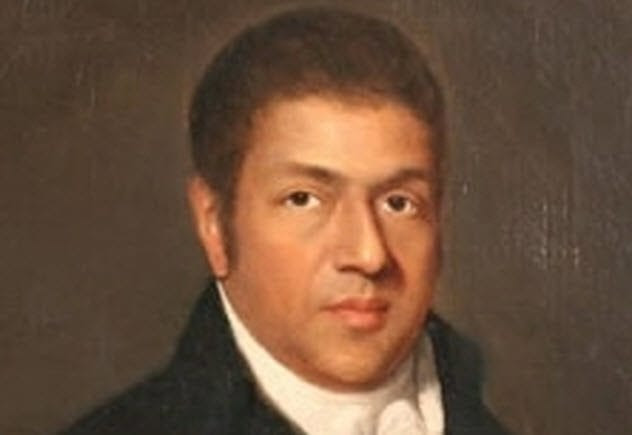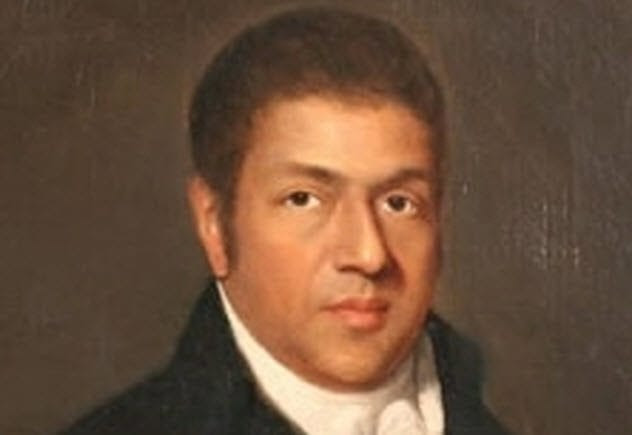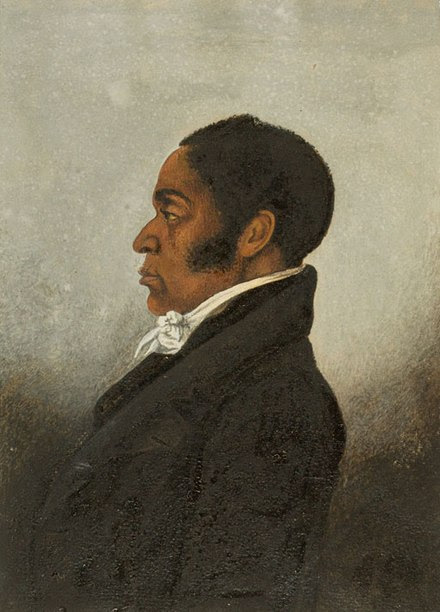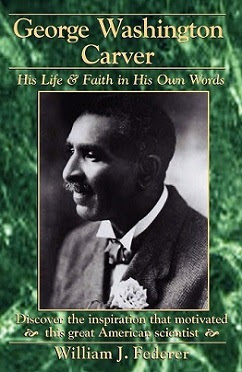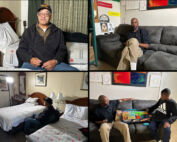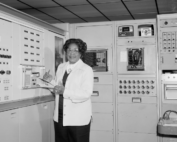BRIDGET “BIDDY” MASON (1818-1901) was a slave who had three daughters by her slave master Robert Smith.
Smith converted to Mormonism and moved to Utah, forcing Bridget to follow the wagon on foot.
In 1851, Smith moved again, this time to California. Though it was a free state, Smith refused to abide by the laws and he kept Biddy a slave.
When Smith decided to move to Texas, a slave state, a white man, Charles, Owens, helped bring legal action to gain Biddy’s freedom.
After a fierce court battle, Biddy Mason won in 1856. Charles Owens soon married Biddy’s daughter Ellen.
Biddy worked as a mid-wife, delivering hundreds of babies. When a smallpox epidemic hit, she risked her life to care for multitudes who were infected.
Saving her money, she purchased two estates, making her one of the first black women to own property in Los Angeles.
She bought more properties and leased them out commercially. As the city grew, her properties appreciated in value, resulting in her amassing a relatively large fortune of $300,000.
In 1872, along with her son-in-law Charles Owens, she organized the city’s first black church, the First African Methodist Episcopal Church of Los Angeles, which met in her home on Spring Street .
Being the wealthiest black woman in the city, Biddy Mason donated the land and helped finance the building of the church. She also established the first elementary school for black children in Los Angeles.
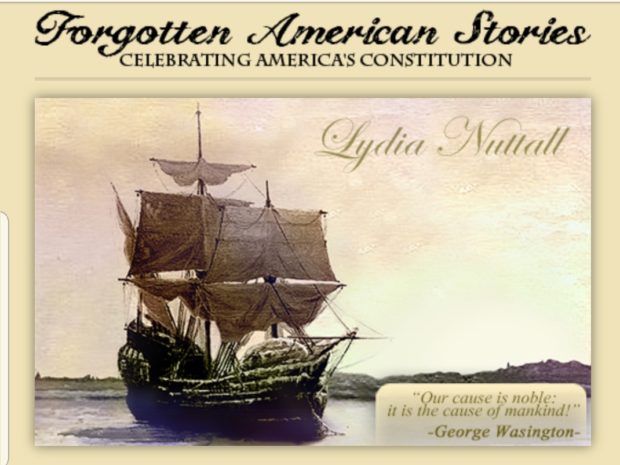 WTK S1:E5 "Emma Lazarus: Why Should Every American Know Her?"
WTK S1:E5 "Emma Lazarus: Why Should Every American Know Her?" WTK S1:E6 "The American Citizenship Test: How Many Questions Can YOU Answer?!" Part 1
WTK S1:E6 "The American Citizenship Test: How Many Questions Can YOU Answer?!" Part 1
